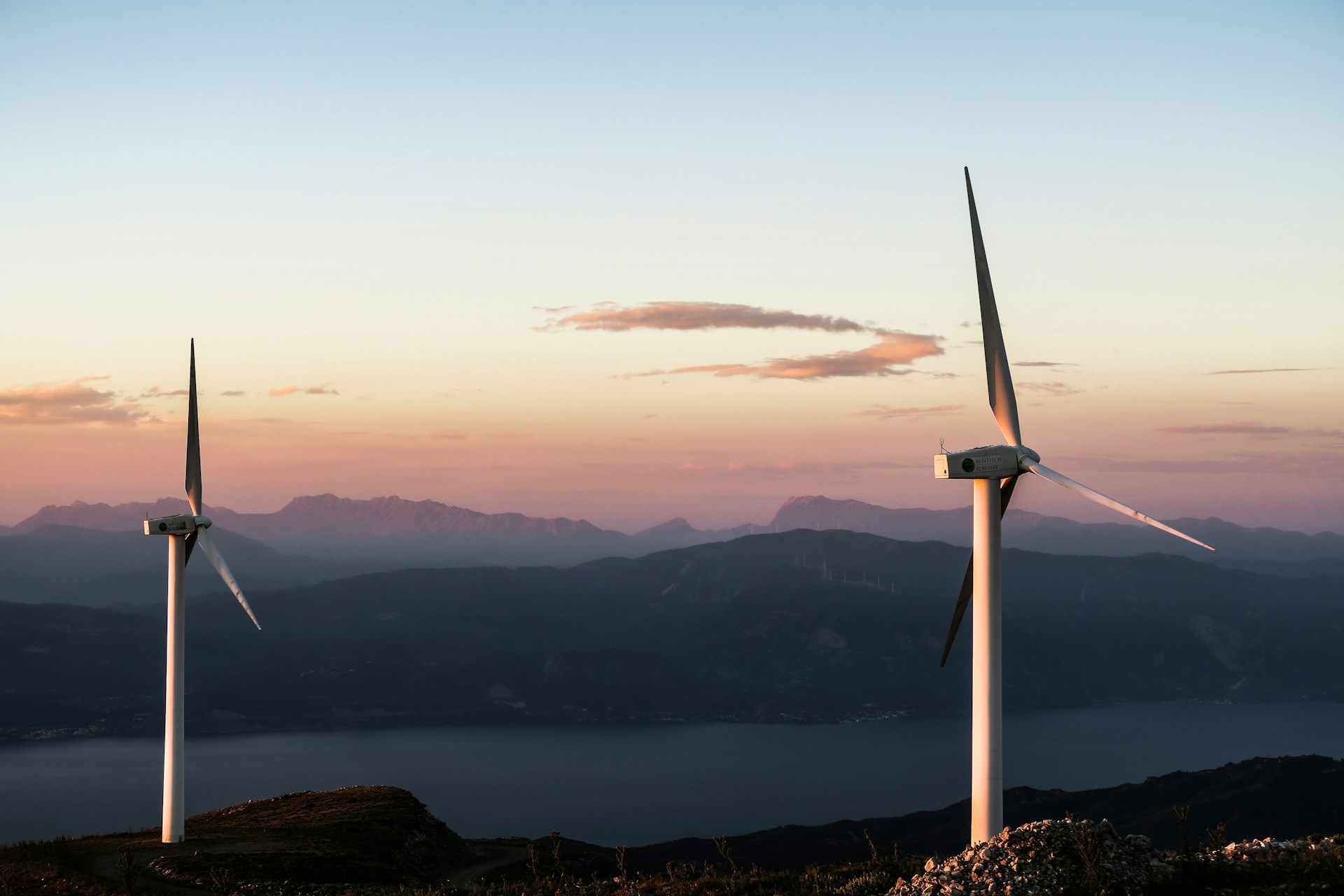Renewable energy relies on nature’s intermittent schedule to generate electricity. Many argue that storing this energy for hours or even days is essential.
Sardinia has seldom been considered a hotbed of innovation: it’s an arid, rural island where some traffic signs are peppered with bullet holes from locals practicing their shooting, reminiscent of a Clint Eastwood western movie scene. Yet, in Ottana, within an old industrial zone of a petrochemical plant, a new technology that could slow climate change is taking shape. The most crucial element of this technology is as unusual as its remote location: carbon dioxide, the primary cause of global warming.
Milan-based startup Energy Dome is operating a pilot energy storage plant that is helping to correct an imbalance in the local electricity market. “During the day, everyone in Sardinia goes to the sea,” said Claudio Spadacini, CEO of Energy Dome. “They don’t use electricity, but there’s a lot of supply,” he added, referring to the sunlight that is abundant on the island.
Energy Dome uses carbon dioxide stored in a massive balloon, the “dome” from which the company gets its name, as a kind of battery. During the day, electricity from the local grid, partly produced by solar cell fields, is used to compress the carbon dioxide and turn it into liquid. At night, the liquid carbon dioxide is expanded back into a gas that drives a turbine and produces electricity that is sent back to the grid.
Solar and wind energy are rapidly developing renewable sources but depend on nature’s intermittent schedule to generate electricity. Many researchers and policymakers argue that it’s essential to store this energy until needed, for hours or even days, to transition economies away from fossil fuels. “Advancing energy storage technologies is critical to achieving a decarbonized power grid,” said U.S. Energy Secretary Jennifer Granholm in a 2022 statement when her department announced it would allocate over $300 million to long-duration energy storage.
Companies are developing and commercializing various creative ways to store renewable energy: liquefying carbon dioxide, deoxidizing iron, heating towers filled with sand to temperatures nearly hot enough to melt aluminum. However, after a massive energy transformation, predicting our future energy storage needs isn’t easy, and it’s uncertain which of these methods, if any, will be effective and economical.
“We urgently need to decarbonize electricity on a timeline that is moving much faster than we had considered in the past,” said Elaine Hart, founding director of clean energy consulting firm Moment Energy Insights LLC. “Right now, we don’t need technologies like long-duration energy storage or hydrogen, but we might need them on a large scale in the next 15 or 20 years, so we are at a critical moment for their development.”


